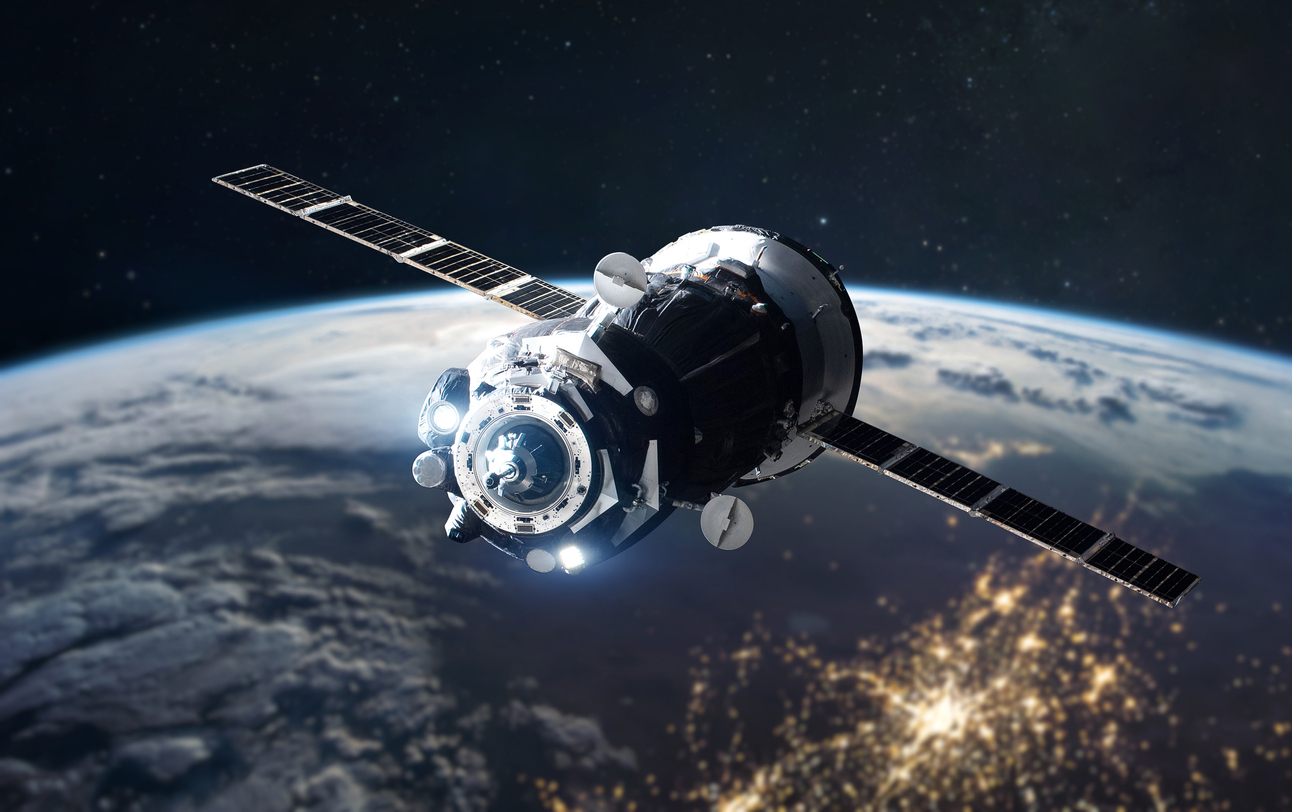
The IAF’s Transformation into the Indian Air and Space Force

The recently initiated renaming of the Indian Air Force to Indian Air and Space Force has drawn attention from many quarters. It is exactly a decade ago that one of India’s leading strategists, Jasjit Singh, wrote – ‘Modern air power would remain sub-optimal if it does not start to link up with space capabilities and assets.’ The natural merge of the air and space predicates the leveraging and pursuance of the continuum of the third dimension, not only for national interests, but increasingly so for national security. India’s future growth trajectory as a nation has led to a greater understanding and acceptance of the need to accelerate the integration of air and space domains, especially since there is little doubt that space is already weaponised. A recent US intelligence threat assessment is that ‘China is steadily progressing toward its goal of becoming a world-class space leader, with the intent to match or surpass the United States by 2045’. The inevitability of Beijing’s coercive strategies expanding into space in the near future makes it imperative for India to at least narrow, if not bridge, the vast asymmetry of military capabilities in the space domain. The IAF’s future relevant current doctrine states – ‘While utilisation of space for economic and developmental purpose is likely to increase, the concurrent vulnerabilities of our country to hostile action seeking to destroy, degrade or deny our space capabilities as well as national capabilities through the medium of outer space are increasing. There is a requirement for the nation to have a robust defence mechanism for its space assets against threats from space. IAF, as an aerospace power, needs to be prepared for a greater role in space exploitation towards national objectives.’
For the few, who with their legacy domain-centric mindsets, feel that IAF’s transformation to a credible aerospace power and the unveiling of a ‘Space Vision 2047’ are contrary to military Jointness and theaterisation efforts, they need to smell the coffee. The IAF does not lay exclusive claim to space, considers it as national commons, and doctrinally clarifies that aerospace power is ‘the sum of a nation’s aerospace capabilities’ and ‘includes the other services, civil aviation and space related agencies which contribute to and leverage this multi-user domain of growing salience.’ For decades now Air Force operations have been dependent on space for meteorology, navigation, mapping, intelligence, surveillance and reconnaissance, imagery, targeting, communications, command and control, secure datalinks, tracking and interception of weapons for air defence, etc. Space based assets are national centres of gravity due to their rapidly expanding operational capabilities, which importantly include satellites, ballistic missiles, long range vectors, hypersonic weapons, anti-satellite and directed energy weapons. The active involvement of the Service in niche technology development apart from positioning, navigation and timing (PNT), advanced intelligence, surveillance, and communication systems, space weather prediction, space situational awareness, and space traffic management has fostered close and active engagement with Indian Space Research Organisation, the Defence Research and Development Organisation, IN-Space and the private industry.
The current neo-realist national security outlook of the nation is a real-politik driven transition from the erstwhile approach of an exclusively civil led peaceful use of space. China’s military rise, and the evident inclusion of space in its geopolitical strategy, has serious consequences for India. Its developments in future hypersonic weapons, such as space glide vehicles and fractional orbital bombardment systems, the Ballistic Missile Early Warning System, Anti Satellite capabilities, including co-orbital systems, directed energy weapons, high powered lasers, and space enabled electronic jamming, spoofing, cyber means, etc., are a serious future threat and needs addressal on priority. IAF’s responsibility of national air defence has already expanded into the larger context of national aerospace defence for the future. The three-dimensional air situation awareness of air power has to concurrently transcend into a much needed and future relevant multi-domain aerospace awareness. With no international agreement to define the vertical limits of national sovereignty, the realm of aerospace power was considered to be a fusion of airspace and the near space and was conceptually limited by the Karman Line. But today the security interests of nations have expanded to the outer space in order to defend the country against space-guided attacks and protect space assets. Given the range of threats, aerospace defence needs an integrated approach to synergise both air and space defence and offence capabilities. Advanced layered missile defence, kinetic and non-kinetic defensive and offensive systems, will need investment and development into robust capabilities to counter the asymmetric advantage that China possesses today, and will in the future. Thus, the Space Vision 2047 document submitted by the IAF to the government for approval, is a step in the right direction.
The Air Forces’ transformation assumes great significance due to two key reasons. The first is that with China’s rapid expansion of its air power capabilities to transform into a world class Air Force, and its head start in its military applications of space power, the PLA Air Force and PLA Space Support Force combine have become a key for its future regional power projection. The SSF enables and sustains the PLAAF’s ability to project power in the East and South China seas, and into areas beyond the first island chain. This is evident in the unprecedented rise in coercive use of air power in the Taiwan Strait. The SSF covers the entire information chain, including space-based surveillance, satellite relay and communications, telemetry, tracking, and navigation, all of which are necessary to support long-range precision strike, strategic air operations, conventional strike – the most critical component of both the PLA’s non-nuclear deterrence posture, and its anti-intervention strategy – popularly referred to as the Anti-Access-Area-Denial. The rapid PLAAF capability and infrastructure build up in Tibet, having learnt the lessons from the asymmetric disadvantage it faced due to IAF’s swift deployments and force projection in the Doklam and Galwan crises, indicates the salience of aerospace power in the region. With the growing capabilities, PLAAF’s effective inclusion in the China’s border strategy is not far off.
On our West, Pakistan Air Force has undertaken a transformative modernisation initiative to counter evolving threats in the current geostrategic threat scenario. It has adopted a comprehensive strategy to establish PAF as a potent force to rebalance the power dynamics in the region, with the induction of niche technologies, state-of-the-art equipment and human resource training. It is building a contemporary architecture for full-spectrum-cross-domain-multi-arena warfare readiness, in the fields of aviation, space, cyber, artificial intelligence and information technology, to address the modern aerial warfare challenges. It includes the development of a collaborative air power capability between the two Air Forces, through a series of joint air exercises being conducted over the years. The focus of the recently concluded Exercise Shaheen-X in northwest China’s Jiuquan and Yinchuan last year, was to enhance aerial combat practices, operational readiness, interoperability under informatised conditions, joint air defence and joint countermeasures and synergy, among strategic and time-tested allies in the region. Clearly India’s continental challenge in the region is going to increase in complexity with the active inclusion of two strong adversarial Air Forces in their respective military strategies. Hence, the role of air power in our continental threat construct is a future national security imperative. The push back of the US from the First Island chain is an outcome of the increasing Chinese domination of the waters and the skies in the region. In India’s maritime domain, given the near-total trade and commerce dependency on the Indian Ocean, control of the seas will not be enough. The ability to project power in the vertical dimension above the waters will be a vital necessity. Given the limits of carrier borne air power, India’s strategic security concerns will need the IAF to bolster Navy’s capabilities.
Thus, IAF’s transformation into an Air and Space Force, is not just a mere Service aspiration, but one of immense significance for our future national security, considering the regional dynamics and geo-political churn. Space is not about organisational or institutional ownerships, as it transcends into all aspects of comprehensive national power. India’s global rise cannot be limited to a measure of its GDP and economic ranking alone. To balance China’s rise, preclude a unipolar Asia, and ensure a regional presence and international standing, bolstering India’s air and space power is a prescient necessity.
- Office of the Director of National Intelligence, Annual Threat Assessment of the U.S. Intelligence Community, February 6, 2023, https://www.dni.gov/files/ODNI/documents/assessments/ATA-2023-Unclassified-Report.pd
- https://www.space.com/karman-line-where-does-space-begin
- Comprehensive strategy adopted to establish PAF as potent force, Pakistan Today, January 16, 2024
- https://www.pakistantoday.com.pk/2024/01/16/comprehensive-strategy-adopted-to-establish-paf-as-potent-force/
- https://english.news.cn/20230725/b62261e88ded46f0816fd0a5f5c949cb/c.html
- https://www.vifindia.org/article/2023/september/22/A-Waning-Conventional-Deterrence-A-National-Security-Portent%20%20
- https://www.vifindia.org/article/2021/june/16/the-absence-of-air-power-in-india-s-security-narratives
Disclaimer
The opinions expressed in this article are the author’s own and do not reflect the views of Chanakya Forum. All information provided in this article including timeliness, completeness, accuracy, suitability or validity of information referenced therein, is the sole responsibility of the author. www.chanakyaforum.com does not assume any responsibility for the same.
Chanakya Forum is now on . Click here to join our channel (@ChanakyaForum) and stay updated with the latest headlines and articles.
Important
We work round the clock to bring you the finest articles and updates from around the world. There is a team that works tirelessly to ensure that you have a seamless reading experience. But all this costs money. Please support us so that we keep doing what we do best. Happy Reading
Support Us



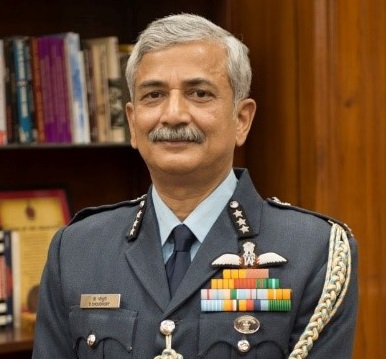



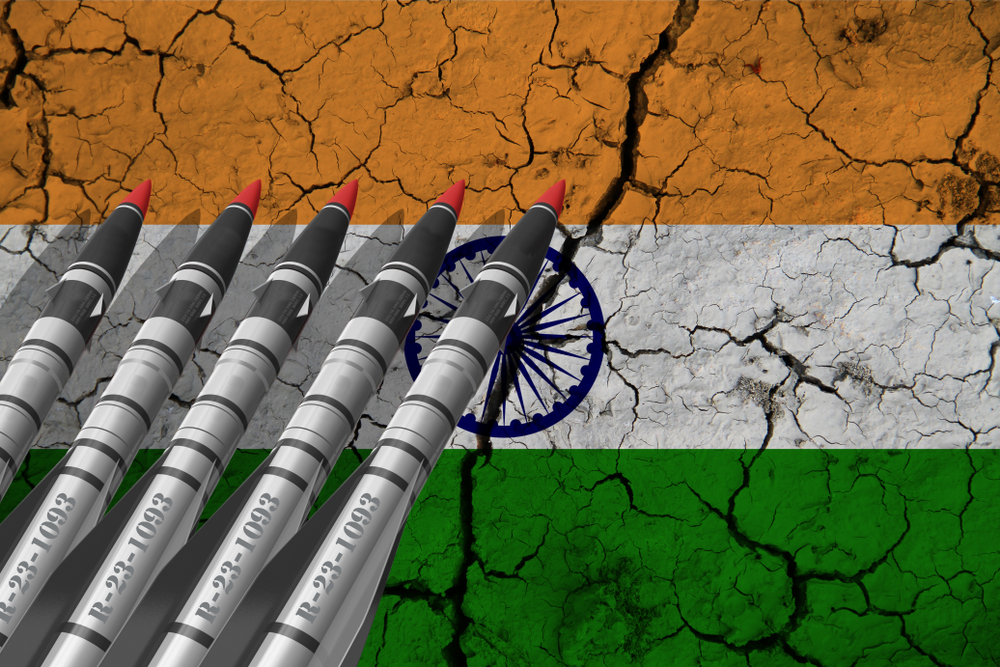

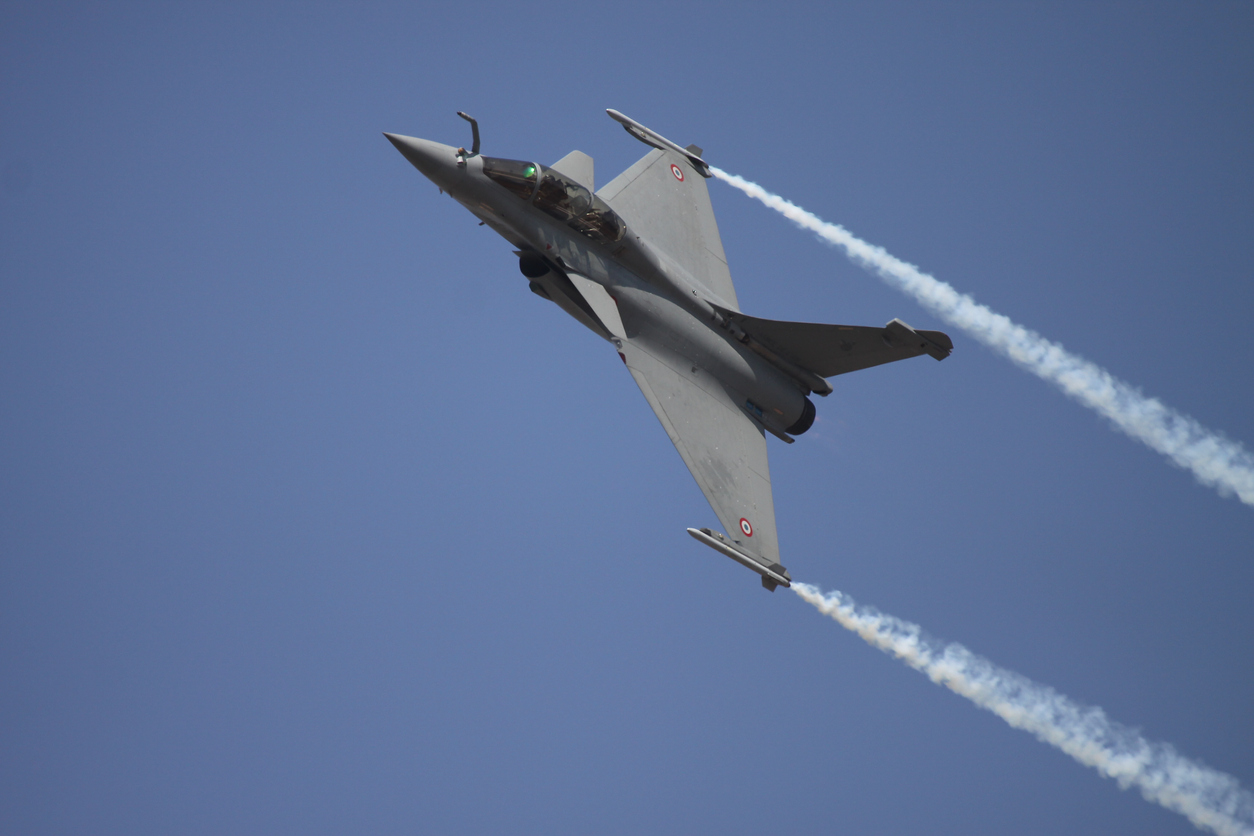
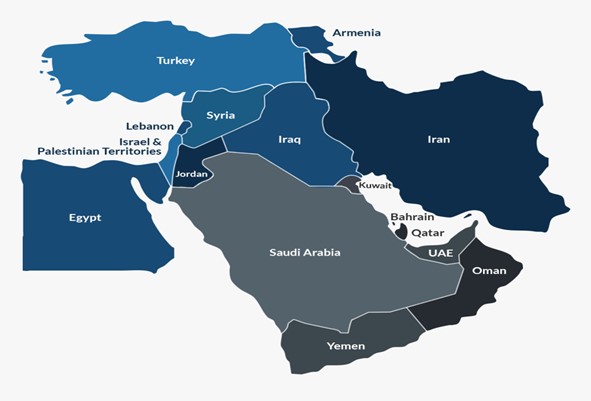

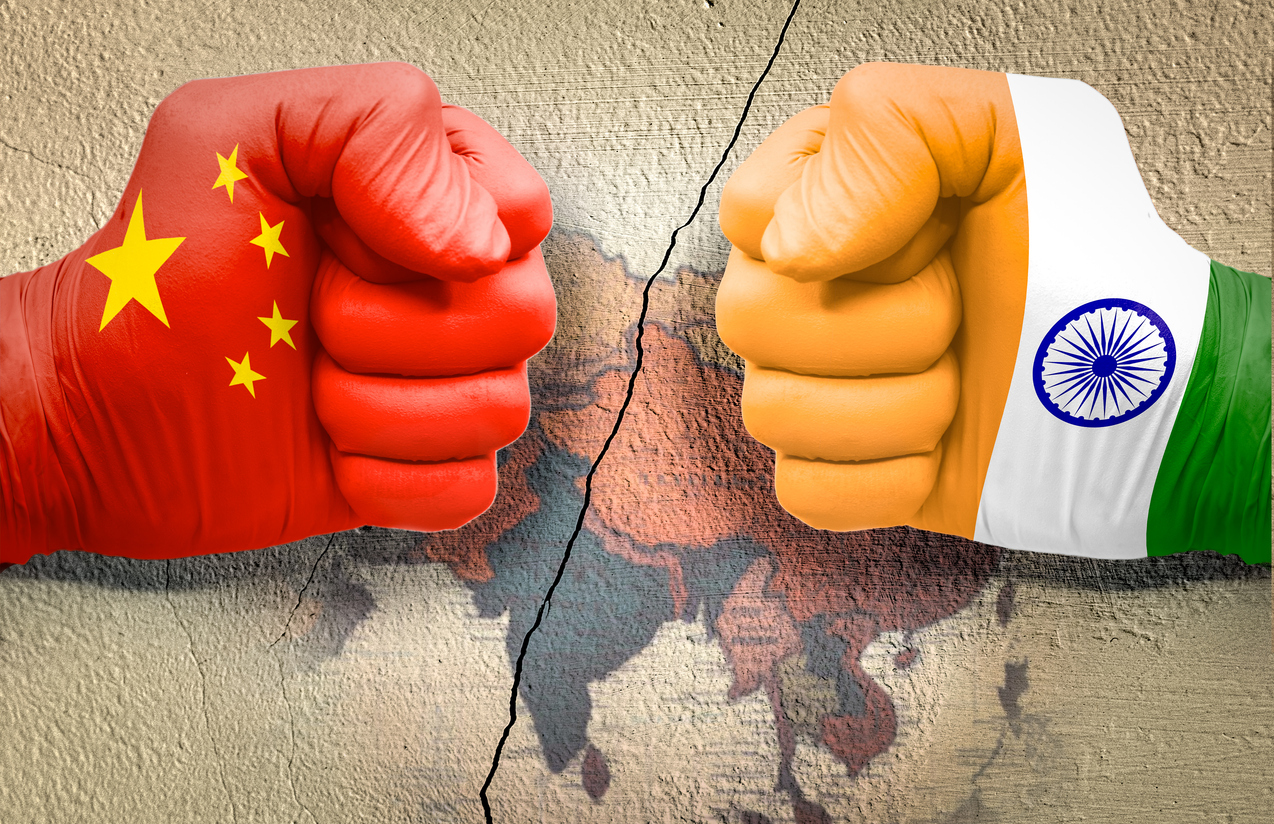
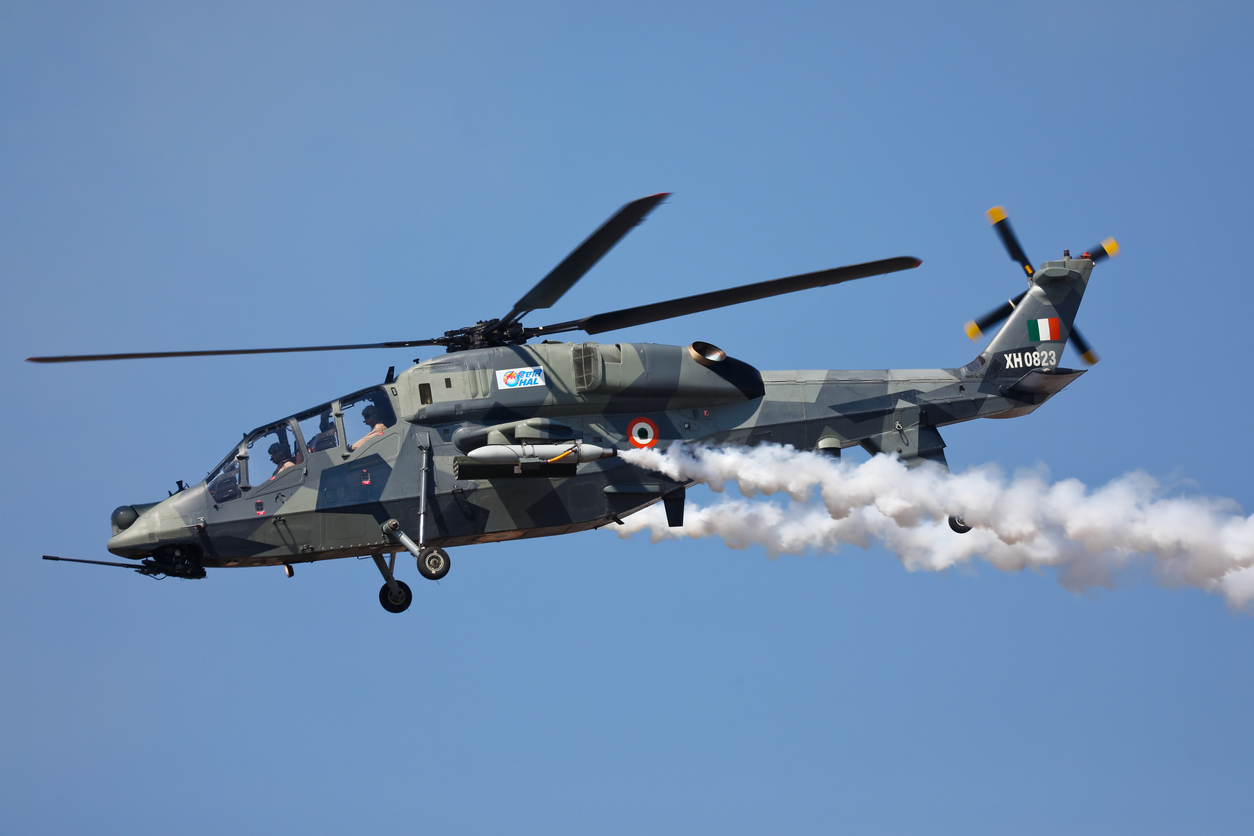
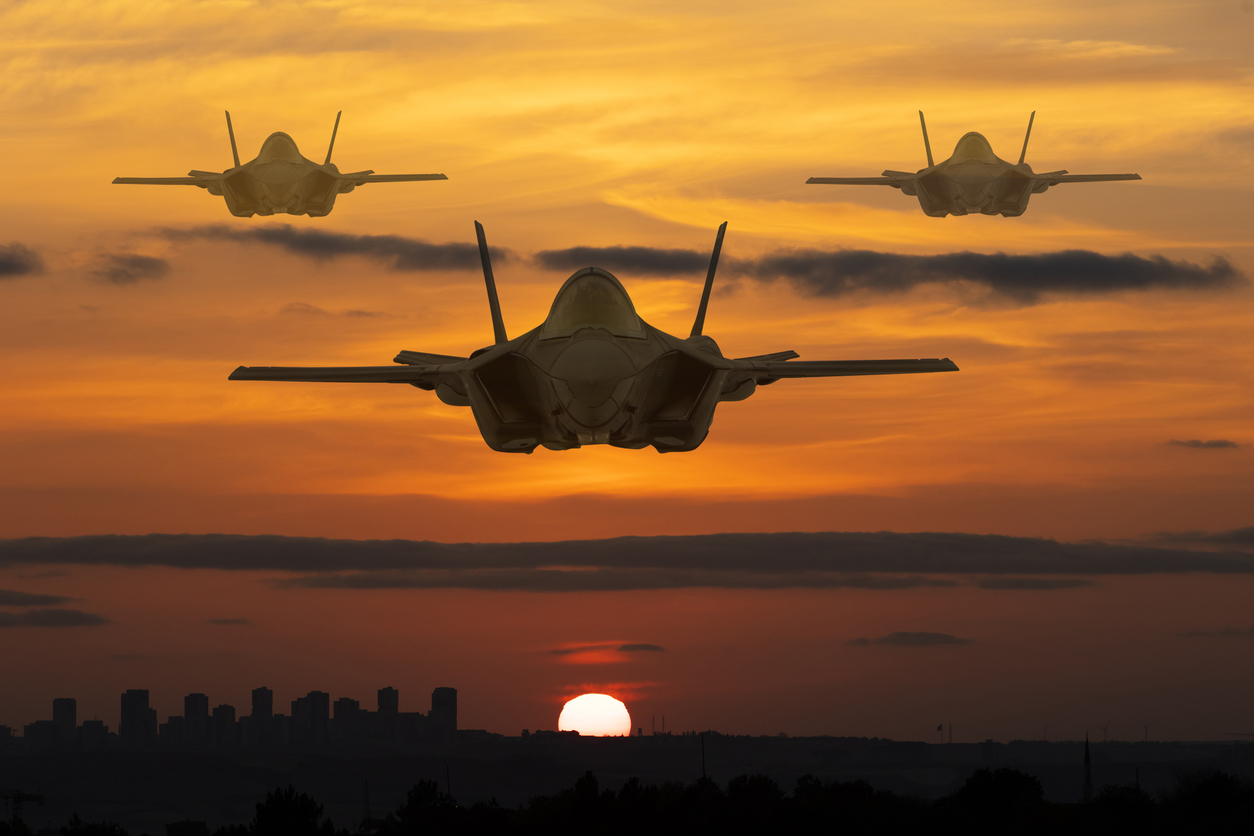






POST COMMENTS (0)